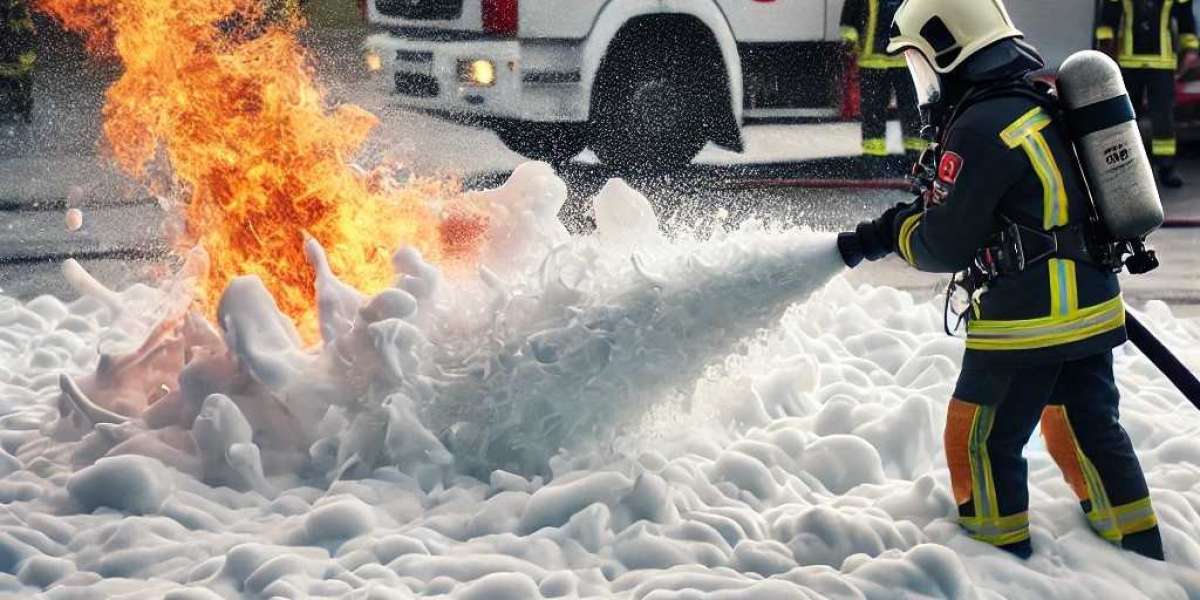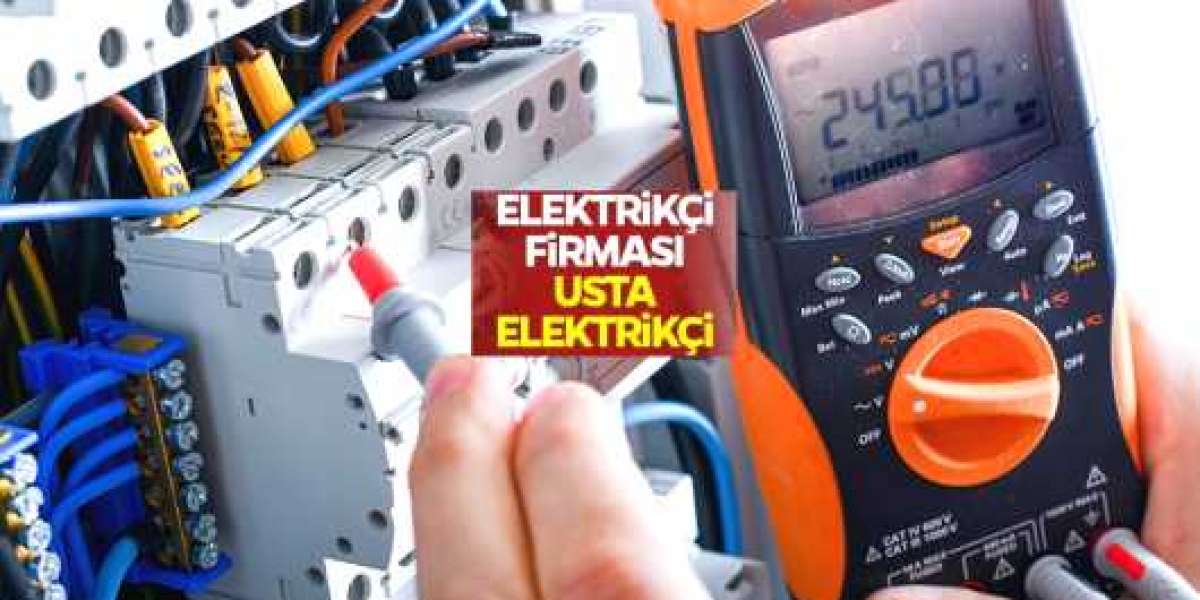Firefighting Foam: A Complete Guide
Objectives
Upon completing this lesson, you will be able to:
- Describe firefighting foam, its composition, and contents.
- List the classifications of foam and foam fire extinguishers.
- Describe the types of foam compounds.
- Explain how foam works.
- Identify foam equipment and their uses.
- Demonstrate foam application techniques.
- List SOPs for foam operations from fire vehicles (FRV FTR).
In this post, you will find essential knowledge about firefighting foam and equipment for professional rescuers. Learn about AFFF (Aqueous Film Forming Foam), foam application techniques, equipment, foam classification, and best SOPs for foam operation from fire vehicles.Visit arescuer
What is Firefighting Foam?
Firefighting foam is a special chemical that dissolves in water, expands like bath soap, and covers the fire to cut off the oxygen supply. Foam extinguishers are best for liquid fires.
Foam Composition and Contents
Foam is mainly used for Class B fires. It consists of synthetic detergents, butoxyethanol (ethyl alcohol), and water. According to NFPA, the foam proportion should be adequate to cover the burning area. Foam fire extinguishers are mainly for liquid fires.
Foam Fire Extinguisher Composition:
- Before Foam Spray:
- 3% Foam
- 97% Water
- After Foam Discharge:
- 3% Foam
- 87% Water
- 10% Air
Classification of Foam
Foam is classified into two main classes, regardless of the type of foam:
- Class A Foam:
- Used for fires involving ordinary combustibles.
- Effective on organic materials like hay and straw.
- Protects buildings in forest and brush fires with limited water supply.
- Class B Foam:
- Used for fires involving flammable and combustible liquids.
- Suitable for various types of Class B fires.
Classification by Expansion Ratio
There are four types of foams based on expansion:
- Normal Expansion Foam:
- Expands 5 to 15 times.
- Low Expansion Foam:
- Expands up to 20 times.
- Medium Expansion Foam:
- Can expand up to 200 times.
- High Expansion Foam:
- Can expand up to 1000 times.
Types of Foam Compounds
There are two main types of foam compounds:
- Mechanical Foam Compound:
- Produced by air interruptions through mechanical means like aspiration and air blowing.
- Further classified into low, medium, and high expansion.
- Chemical Foam Compound:
- Generated by chemical reactions between ingredients like sodium bicarbonate and aluminum sulfate.
- Used in portable fire extinguishers when mechanical foam formation is not possible.
Types of Foam Concentrates
Different types of foams include:
- Protein Foams:
- Made from animal by-products.
- Available in 3% or 6% forms.
- Fluoro-protein Foams:
- Contains added fluorochemicals for increased effectiveness.
- Synthetic Foams:
- Based on foaming agents and proteins.
- AFFF (Aqueous Film Forming Foam):
- Consists of fluorocarbon surfactants, a foaming agent, and a stabilizer.
- Quick knockdown properties but poor drainage rate.
- Multipurpose AFFF:
- Designed for water-soluble solvents and hydrocarbon liquids.
- Forms a cohesive polymeric layer to suppress vapors.
- Film Forming Fluoro Proteins (FFFP):
- Combines AFFF and fluoro-protein foam for high knockdown effect and post-fire security.
- Alcohol Resistance Foam:
- Formulated to prevent alcohols and polar solvents from dissolving the foam.
How Foam Works
Foam extinguishes fire by:
- Excluding air (oxygen) from the fuel surface.
- Separating flames from the fuel surface.
- Restricting the release of flammable vapors.
- Forming a heat barrier to reduce flammable vapor production.
- Cooling the fuel surface, diluting oxygen around the fire.
Foam Equipment
Foam equipment forms the proper foam layer and mixture of water and foam. Key components include:
- Foam Proportioner:
- Mixes foam concentrate in the proper percentage.
- Foam Educator:
- Uses the Venturi effect to draw foam concentrate into a moving water stream.
- Foam Injectors:
- Adds foam concentrate to the water system under pressure.
Foam Application Techniques
There are three main foam application techniques:
- Sweep Method (Roll On Method):
- Move the foam stream back and forth to push foam forward.
- Bank Shot Method:
- Use an object to deflect the foam stream onto the burning surface.
- Rain Down Method:
- Loft the foam stream into the air and let it fall gently onto the fire.
SOPs for Foam Operation on FRV FTR
- Wear all necessary PPE (fire suit, safety gloves, shoes, helmet).
- Ensure the vehicle is parked in a safe area.
- Check foam and water levels in their respective tanks.
- Verify the availability of Foam Making Branch Pipe (FMBP).
- Ensure the bypass valve is shut off to avoid foam mixing with water.
- Open the main valve of the water tank.
- Start the pump at normal pressure.
- Open at least one delivery outlet or monitor.
- Open the water to foam proportion valve fully.
- Set the foam proportion valve to the required rate (e.g., 3%).
- After foam operation, flush the system (pipelines, delivery hoses, etc.) until clean.
- Close all valves after complete cleaning




